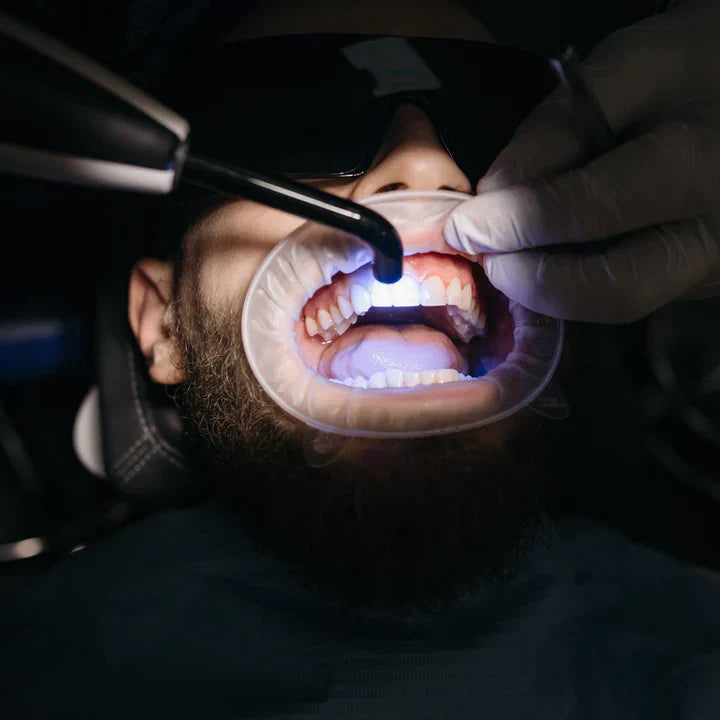
Why doesn't the Dental pod have a UV light? (2025)
UV stands for ultraviolet light, which is a type of electromagnetic radiation with a wavelength shorter than visible light but longer than X-rays. UV light can be used for sterilisation purposes because it can damage the genetic material of microorganisms such as bacteria, viruses, and fungi, making them unable to reproduce and therefore effectively killing them.
During the rigorous design process of the Dental pod, prototypes including UV lights were tested. However, it was decided that UV would not be included in the Dental pod for the following 3 reasons:
#1 - Chemical sterilisation is significantly more effective than UV sterilisation for oral appliances
At Zima Dental, efficacy and safety are at the forefront of our thinking. As a result, we wanted to ensure that the Dental pod used the most modern and effective cleaning protocols to ensure hygienic oral appliances and patient safety. Multiple studies have highlighted that chemical sterilisation is significantly more effective than UV sterilisation for dental materials. This finding was replicated during our testing of prototype Dental pod models.
As a result, the design of our unit was based on a protocol of ultrasonic cavitation and chemical sterilisation, which has been shown in multiple studies to be the most effective cleaning method for oral appliances.
#2 - For UV to be effective for oral appliance users, a specific design is needed which is not suitable for ultrasonic cleaners
Bill Otto (Consulting Optical Physicist and Systems Engineer, 1977–present): "Many UV products claiming to have germicidal benefit are fake or poorly engineered so that the effectiveness is practically zero."
UV light is typically divided into three categories based on its wavelength: UV-A, UV-B, and UV-C. Of these, UV-C is the most effective at sterilizing surfaces and objects because it has a shorter wavelength and higher energy than UV-A and UV-B.
According to industry experts, to be effective, a UV-C source requires a wavelength between 220 to 260 nm, a power output of at least 50 joules per square centimetre and a reflective, non-UV-C reactive surface to act as a mirror to spread the light to all surfaces of the object to be cleaned. Quick research into ultrasonic cleaner brands that currently use UV clearly demonstrate they do not fit that criteria.
We wanted to ensure that any use of UV in our products is actually effectively sterilising patient's oral appliances, rather than just being there for show. Our prototypes that included effective UV were very bulky and would have been significantly more expensive. In addition, the additional components needed to have effective UV would have led to a less effective ultrasonic effect, which has been shown by multiple studies to be the most effective cleaning method for oral appliances.
#3 - Our tablets have additional benefits over UV
UV sterilisation has a number of limitations that were addressed in our sterilising tablet formulation.
The level of sterilisation that’s possible will UV relates to how exposed microorganisms are to the light treatment. Since light cannot pass through non-clear or dirty oral appliances, the majority of microorganisms on your oral appliance won't be affected by UV, without specific design considerations. Our tablets dissolve in the water of an ultrasonic cleaner meaning they can target the full appliance.
In addition, UV light is ineffective at removing odour from oral appliances, as it only targets microorganisms. Odour from oral appliances can have multiple causes, which can require mechanical or chemical cleaning. As well as effectively sterilising oral appliances, our natural tablet ingredients leave oral appliances with a fresh, minty odour and taste after cleaning.
Finally, our sterilising tablets are the only cleaning protocol to be effectively tested against the full range of oral appliance types (denture, night guard, retainer, aligners).
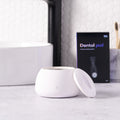
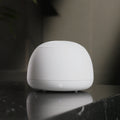
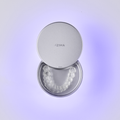

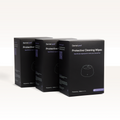

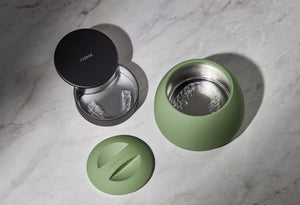
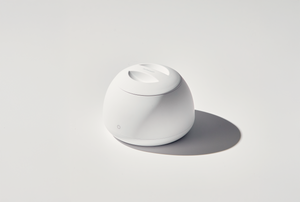
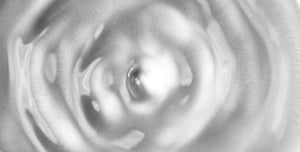
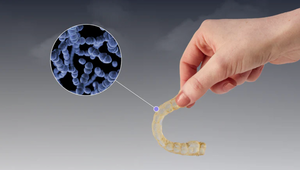
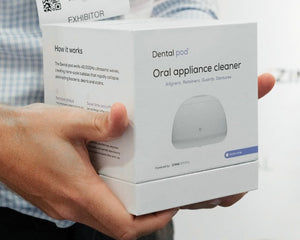


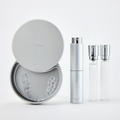
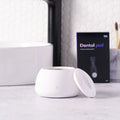
Leave a Comment